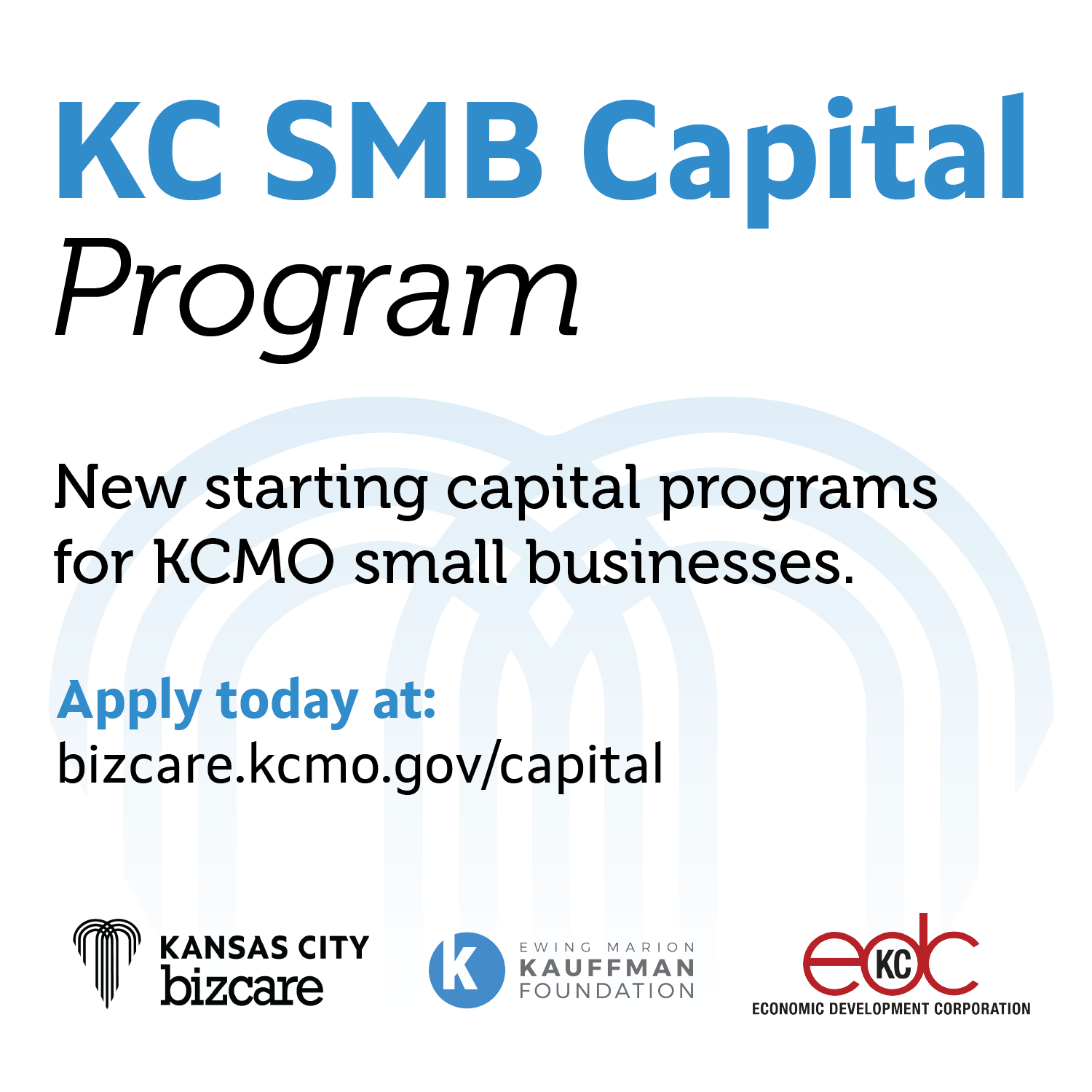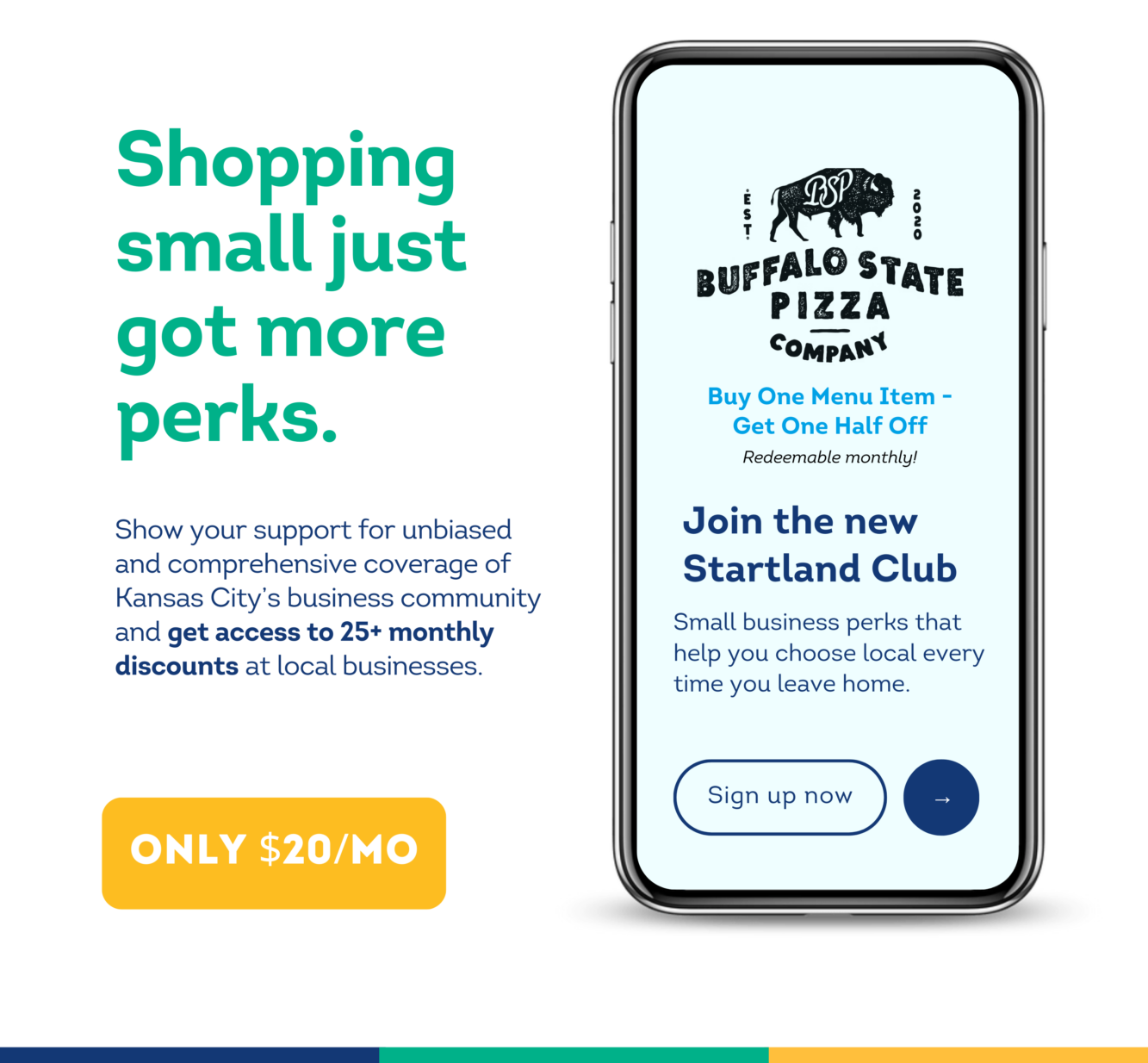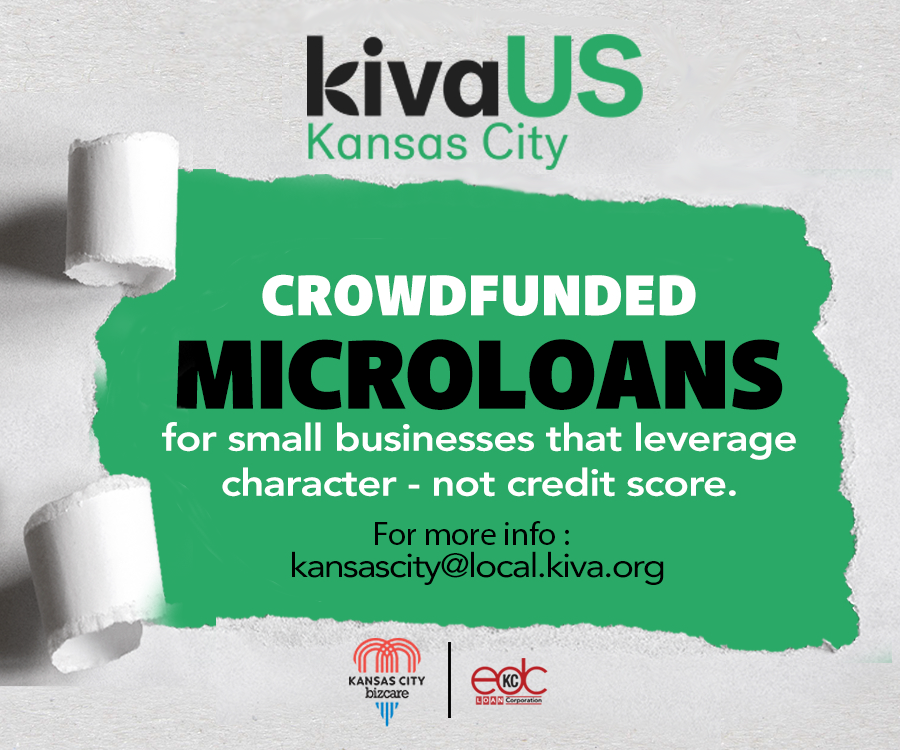Editor’s note: A five-year mentor at UMKC’s Regnier Institute for Entrepreneurship and Innovation, Byron Ginsburg has heard and counseled many entrepreneurial pitches as an attendee and a judge. His current UMKC mentees, Emily Moon and Kelsey Carlstedt of By Grace Design, won first place and $20,000 in the 2017 Regnier Venture Creation Challenge.

Ginsburg
While I won’t claim to have pitched a fabulous product or service to venture capitalists, my experience as a listener, judge and communicator has helped me identify the elements of a good pitch, what falls flat, and what has listeners saying, “Huh?”
The below tips are not comprehensive, and while they appear fundamental, many are routinely violated.
1. Start with your name – first and last – and add the name or your organization. If you start with your why or your what, we’re instead wondering just who you are.
2. If you have teammates standing nearby – and even if they’re not presenting – introduce them. Otherwise, we’re left curious as to who they are and why they’re there. This distracts us from listening attentively to you.
3. Identify and state the problem you’re solving. If one’s not cited, is your “solution” really needed? Example: “Pizza Specialties fills a gap in the market by providing same-day delivery of organic pizza toppings to Kansas City pizza shops and restaurants. No one is meeting that surging demand today.”
4. If biographical information is provided, keep it tight and relevant to your venture or the experience that led you here. Unrelated information can be a distraction, not substantiation.
5. If money is at stake – either now or later – tell how you’ll use it. Doing so speaks highly of your intentions or purpose.
6. Know your numbers, backward and forwards. Find a list of highly-sought metrics, and have a ready answer or calculation for each.
7. If you present projected results – perhaps a P&L – confirm the numbers’ accuracy, and display them in a sequential or logical order, top to bottom. Attendees quickly find and call out miscalculations.
8. Use a proofreader. Spelling, grammar and non-word errors can undermine your credibility. Here are actual examples I’ve seen:
- Our product touches many verticles. (verticals)
- Our service deliver’s excellent value. (delivers)
- Prospects have wandered if we could deliver as promised. (wondered)
9. If you provide published data or research that supports your claims, cite the sources with visible footnotes or quotations. Don’t hide, bury or omit evidence that supports you.
10. Know the competition, and tell us how you’re different. If asked, don’t act surprised or pretend that none exists.
11. Speak passionately, yet sincerely. A story that connects a personal experience or incident to your product or service can quickly captivate your listeners.
In closing, prepare and practice – eliminating distractions and errors – to make a strong, positive and memorable impression on your audience.
Byron Ginsburg writes stories and other content for individuals and organizations to raise their visibility, recognition and revenue. He can be reached at byron.ginsburg@gmail.com.





































